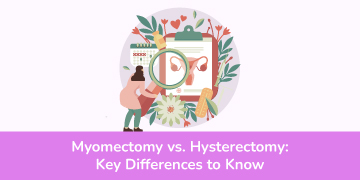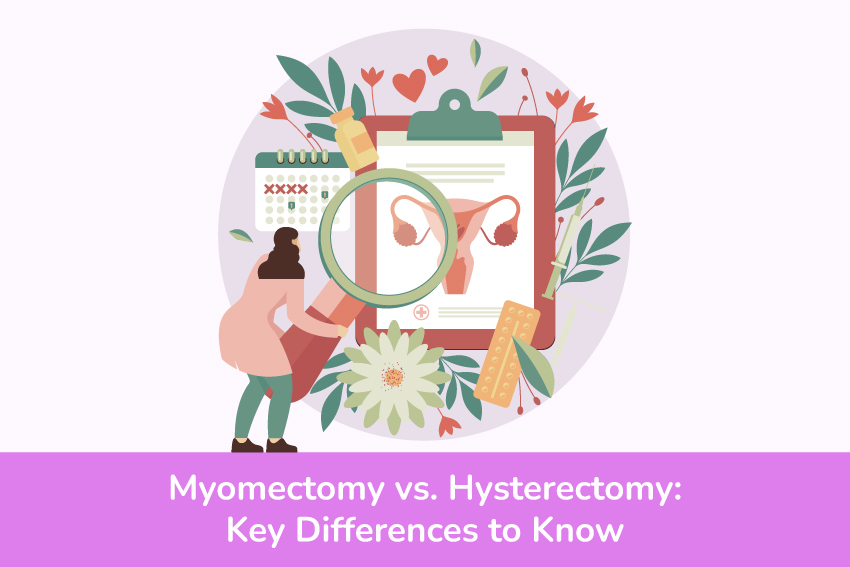Non-Surgical Alternatives to Hysterectomy

While a hysterectomy is sometimes recommended for conditions like fibroids, endometriosis, and heavy periods, it’s not the only option. Many women successfully manage these symptoms without surgery, preserving their uterus and quality of life through non-invasive treatments. In this blog, we will discuss the non-surgical fibroid treatment options that have become popular to help preserve their health choices while maintaining their quality of life.


















